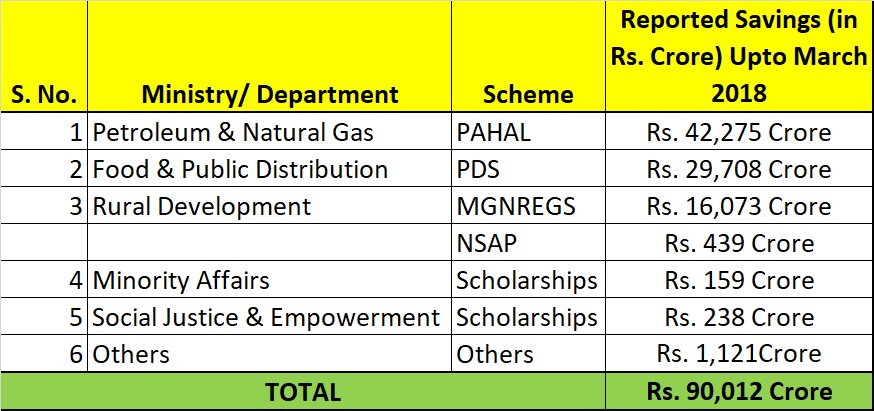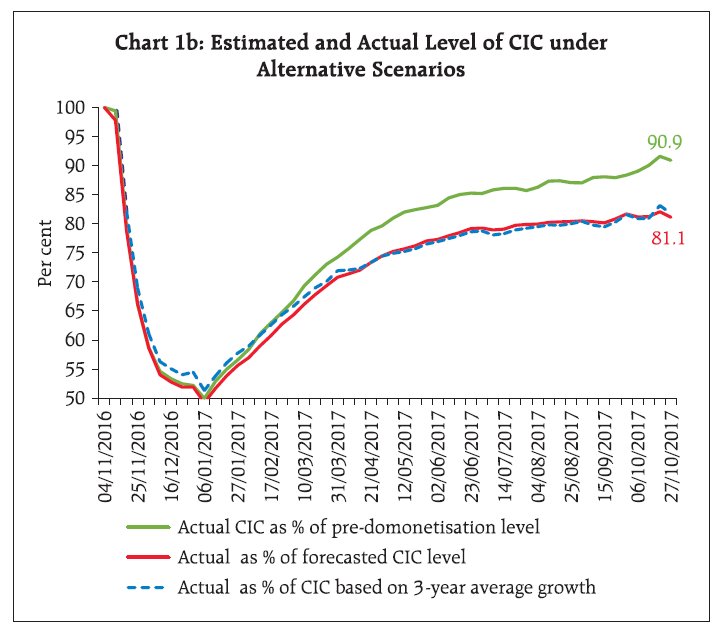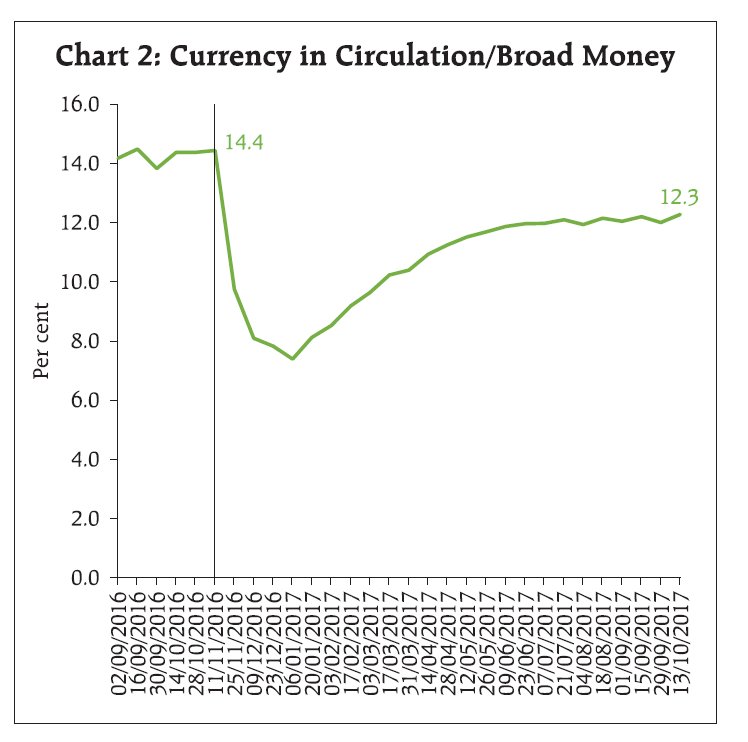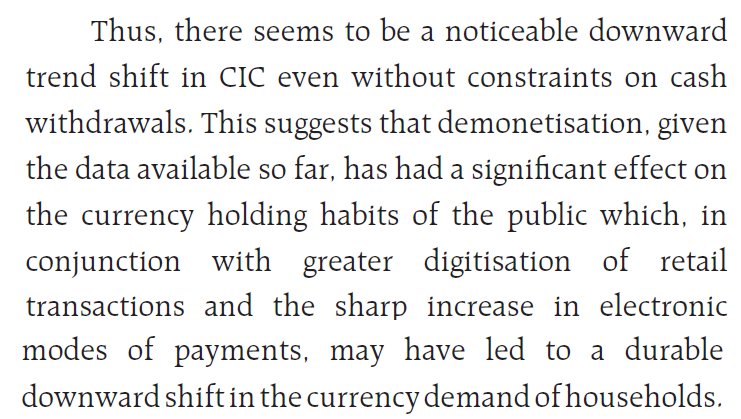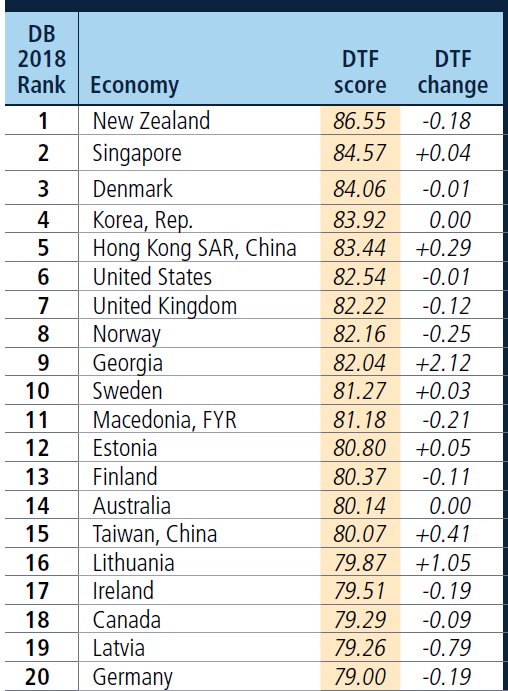One debate about Modi government is that what has it done for the #MiddleClass? While people do realize that faster highway construction or better/cheaper air connectivity also indirectly benefits the middle class,yet the question is more about direct, quantifiable benefits. 1/10
Here is one example of a direct, quantifiable benefit for the middle class.Savings in the form of reduced income tax liability for a person earning Rs. 5 lakhs and for a person earning Rs. 10 lakhs (it would proportionally apply to those earning higher as well). Significant. 2/10 

But is a savings of approx. Rs. 3,000/month in IT savings is sufficient? What else has been done? Well, you might have bought a home and are paying EMIs on that. Will a significant lower EMI burden count as saving? It should. And it really is significant. A sample of savings.3/10 

You may have taken a loan to educate your kids in college? The EMIs on that education loan are down as well and there is saving in that too. That saving is also not insignificant. Here is a sample calculation for such saving. 4/10 

GST has brought down the taxes on almost every item of daily consume. Here are some examples. Most middle class families consume data on their mobile sets. The drastic fall in data rates per GB contribute to more savings as well? Or an ability to get more in same expense? 5/10 





While the brilliant work done on containing inflation is known, what is rarely appreciated is the adverse impact that inflation would continued to have on household budgets, had it not been contained. but continued at UPA era rate. Just some examples. 6/10 







But can this taming of inflation be quantified in terms of benefit? Put it another way. What would have happened had the inflation rate under the UPA continued? Or, is not the reduced inflation rate actually contributing to savings? Here is one calculation of monthly saving.7/10 



Then there is savings on lower cost of medicines, lower air fare, lower cost of insurance premiums, etc. in addition to lower income tax, lower EMIs and so on. So how much does this amount to? Here is a calculation for a family of 5 earning Rs. 100,000/month. Significant? 8/10 

Then of course there is the entirely new paradigm of ease of living which also contributes to the middle class being able to to utilize time, money and resources more effectively. Digital payments, e-filing of IT, services on the mobile, affordable health care and so on. 9/10
In addition to the tangible benefits there is an intangible,maybe not quantifiable in immediate term but of immense long term implication, effect of Modi government as well. And that is a sense of pride and purpose we each feel as we are contributing in building a New India.10/10
• • •
Missing some Tweet in this thread? You can try to
force a refresh


